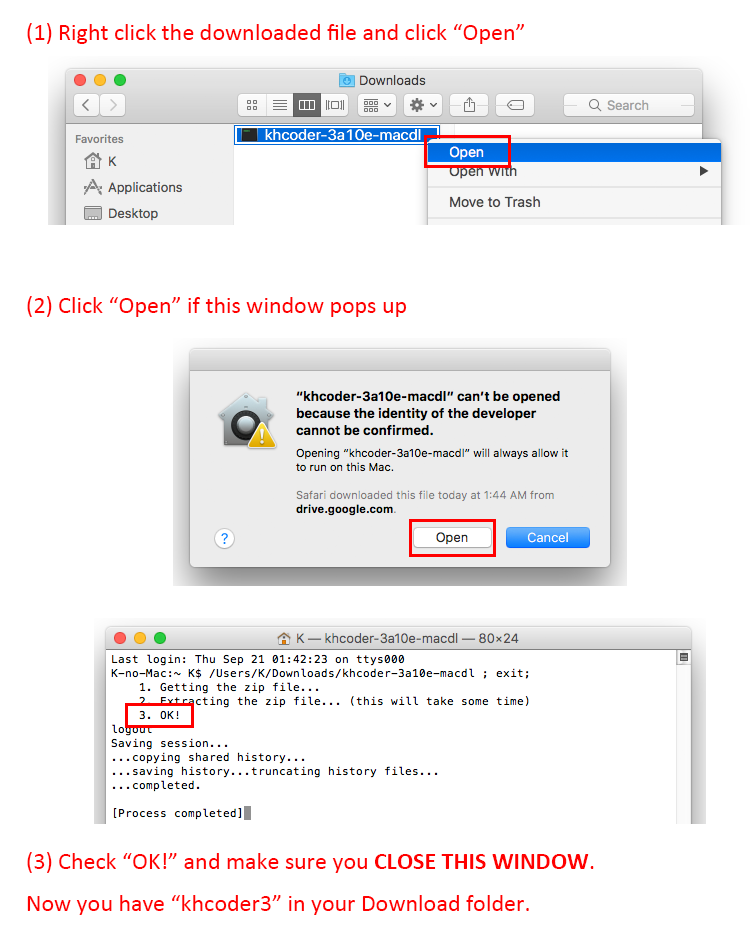

automate the FSL installation - this is useful if you would like to call the installer from an automated script.customise the FSL installation location.The installer has some advanced options which, amongst other things, allows you to:
#Xquartz m1 install#
If you use Mathworks' MATLAB it will configure your startup.m file to allow you to use the FSL MATLAB functions and on macOS platforms it will also install FSLEyes and FSLView into /Applications. Apple macOS users should open a new terminal window to begin using FSL.

If you are accessing the Linux computer via a remote SSH session then close the SSH session and re-login. Once the install completes Linux users should log out ( System (top right icon) > Log out) and log back in to complete the FSL setup. If this happens try calling python3 fslinstaller.py

OSX Monterey ) do not provide a "generic" python binary ( and will generate errors like python: command not found ). For example if you downloaded to your Downloads folder: In the terminal change to the folder containing the fslinstaller.py file and run it with python assuming that you wish to install into /usr/local (the default) then just press the Return key when the installer asks where to install to. The Terminal application can be found in /Applications/Utilities The Terminal application can be found in Applications > Utilities > Terminal menu The installer requires access to the internet to be able to download the FSL software appropriate for your platform and runs from within a terminal session, so you need to open a terminal:
#Xquartz m1 how to#
Should you install as root see the configuring your account for FSL section for details on how to use the installer to setup your user account for FSL. If you don't have permission to use sudo (an administration account on macOS) then the installer will fail and will need to either install into a folder belonging to your user or to run the installer as the root user. If this is the case, the installer will attempt to gain these privileges through the use of the sudo command, which will require you to enter your password for verification. the default, /usr/local) may require administrative privileges. Installation into certain folders on your computer (e.g. Administrative privileges may be required


 0 kommentar(er)
0 kommentar(er)
